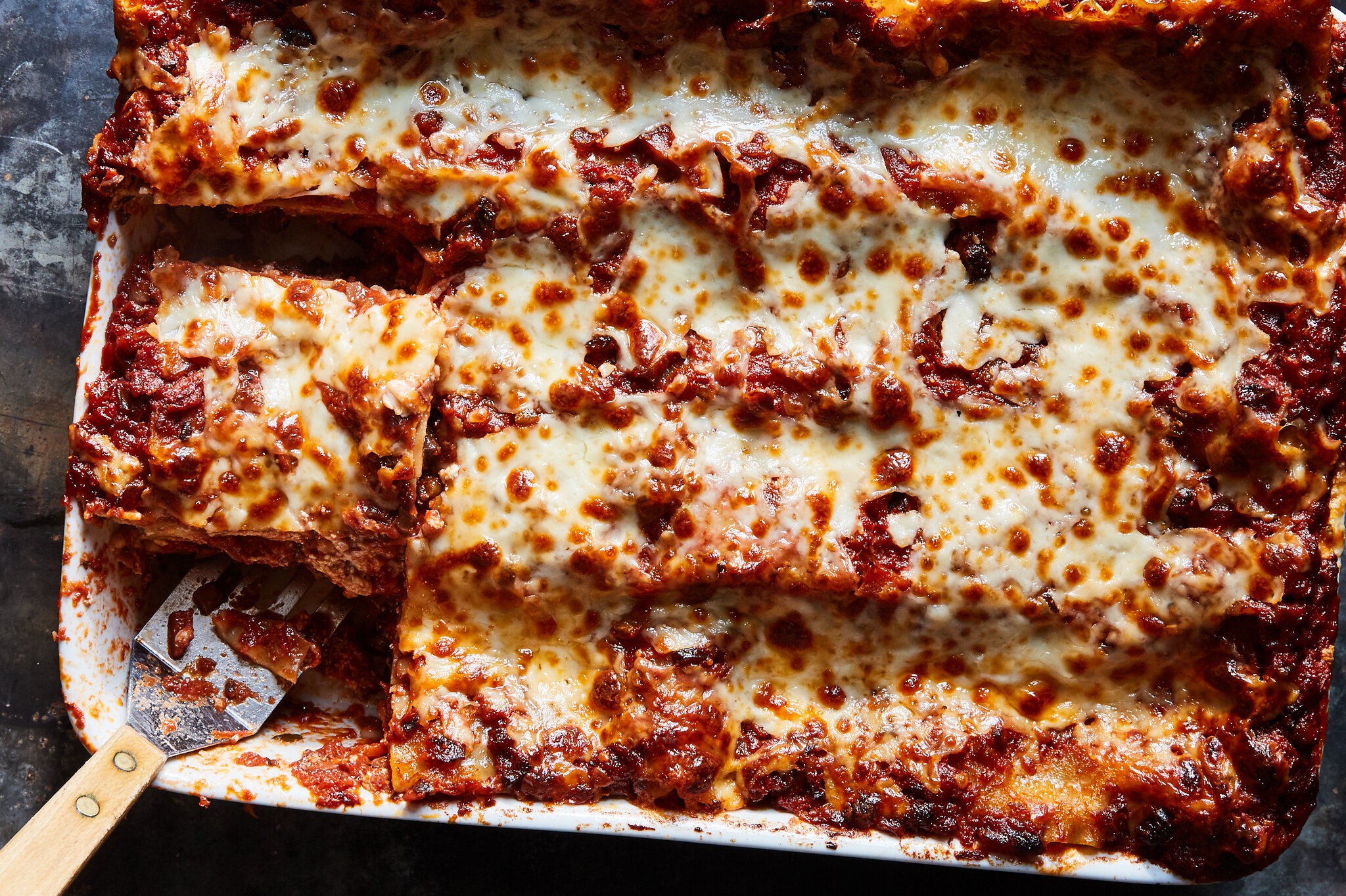It’s a common kitchen dilemma: You’ve got a steaming pot of leftovers, and you’re wondering, “Can I store hot food in the fridge?” Should you wait for it to cool down on the counter, risking bacterial growth? Or should you refrigerate it immediately, potentially raising the fridge’s temperature? Let’s debunk the myths and explore the safe and efficient ways to handle hot food storage.
Despite what you may have heard, food safety experts like the USDA recommend refrigerating hot food promptly, especially when portioned correctly. Let’s dive into the details and best practices for safely storing hot food in your refrigerator.
The Myth of Cooling Down: A Relic of the Icebox Era
The idea of letting food cool completely before refrigerating stems from the days of the icebox, a precursor to the modern refrigerator. Iceboxes, often made of wood and lined with metal, relied on a block of ice to maintain coolness. Putting hot food inside would cause the ice to melt faster, reducing its efficiency and requiring frequent replacement.
“If you put hot food in the icebox,” explained Helen Peavitt, social historian and author of “Refrigerator: The Story of Cool in the Kitchen,” “the ice… would melt much faster and need replacing sooner to keep the cooling power of the icebox working properly.”
Thankfully, modern refrigerators are far more efficient, equipped with chemical refrigerants and evaporator fans that circulate cold air effectively. However, there are still best practices to ensure food safety and energy efficiency.
How to Safely Store Hot Food in the Refrigerator
The key to safely storing hot food in the fridge lies in portioning and allowing for proper air circulation. Here’s a breakdown of the recommended steps:
- Portion into Smaller Batches: Dividing large dishes into smaller portions speeds up the cooling process. For example, carve large roasts like turkey or ham, and divide soups and casseroles into shallow containers no more than two inches deep.
 Overhead shot of lasagna in a baking dish, with a couple of slices taken out.
Overhead shot of lasagna in a baking dish, with a couple of slices taken out.
-
Loosely Cover (Initially): If possible, cover the containers loosely at first to allow steam to escape before sealing them tightly. This helps prevent condensation buildup, which can affect food quality.
-
Prompt Refrigeration: According to the FDA, it’s safe to move even piping-hot food directly to the fridge at this point (within two hours maximum, or one hour when the ambient temperature is above 90 degrees Fahrenheit), provided there’s adequate room for cold air to circulate around the food.
-
Assist the Cooling Process: To reduce the strain on your refrigerator, you can speed up the cooling process by stirring the food occasionally and placing the container in an ice water bath.
Can You Put Hot Food Directly in the Freezer?
While refrigerating hot food is generally safe, freezing it directly is not ideal. Rapid freezing results in smaller ice crystals, preserving the food’s structure and quality. Meat and seafood retain their juiciness, fruits and vegetables remain more intact, and creamy emulsions are less likely to split.
Therefore, it’s best to cool down any food heading to the freezer, either by using an ice bath or a stint in the refrigerator first. Also, when freezing liquids, remember to leave space at the top of the container for expansion during freezing (about an inch for pint-size containers, and an inch and a half for larger containers). Solids should also have at least half an inch of space to ensure a tight seal and room for expansion.
Choosing the Right Containers for Food Storage
Selecting the right containers is vital for safe and effective food storage. Here’s what you should consider:
- Glass Containers: Dr. Kantha Shelke recommends glass containers (especially tempered glass) for their non-reactive properties. They don’t absorb odors or stains and are safe for reheating in the oven and microwave. However, they can be heavy and breakable.
- Silicone Bags: These are lightweight and non-fragile but can be challenging to clean and may retain odors.
- Aluminum Foil and Freezer Paper: Useful for storing oddly shaped items like casseroles and meats.
Proper food storage containers are important for maintaining food safety and quality in the fridge and freezer.
It’s best to avoid putting hot food directly into plastic containers, as they can leach harmful chemicals like BPA and phthalates, especially with repeated use and exposure to acidic or oily foods. Single-use plastics, such as takeout containers and yogurt tubs, are not designed for repeated use or heat exposure. Always choose containers labeled as freezer-safe for optimal safety.
Cooling Food Outdoors: Is It Safe?
Cooling food outdoors can be helpful as a temporary measure, but it’s not a substitute for proper refrigerator or freezer storage. Outdoor temperatures can be unpredictable, making it difficult to maintain safe cooling conditions.
If you need to use outdoor cooling, Dr. Betty Yaohua Feng recommends sealing containers tightly to keep out dust and wildlife, avoiding direct sunlight, and ensuring the temperature remains below 40 degrees Fahrenheit. A cooler with ice packs provides a more reliable solution, especially for drinks and less perishable items.
Holiday Fridge Management: Tips for Overflowing Refrigerators
Holidays often mean an abundance of leftovers and a crowded refrigerator. To manage this efficiently:
-
Clear Out Unnecessary Items: Before the holiday, remove items that don’t require refrigeration, such as unopened pickle jars, ketchup, and certain fruits.
-
Strategic Placement: Ensure that hot foods are placed in areas where cold air can circulate freely, away from items that need to stay extra cold.
-
Prioritize Cooling: Focus on cooling down large quantities of leftovers as quickly as possible to prevent bacterial growth.
Conclusion: Refrigerate Hot Food Safely
So, can you store hot food in the fridge? Absolutely! By following these guidelines on portioning, cooling, and choosing the right containers, you can safely store hot food in the refrigerator, preserving its quality and preventing foodborne illnesses. Remember to prioritize food safety and energy efficiency to make the most of your modern appliances. Storing food properly is key to safe and healthy eating.
